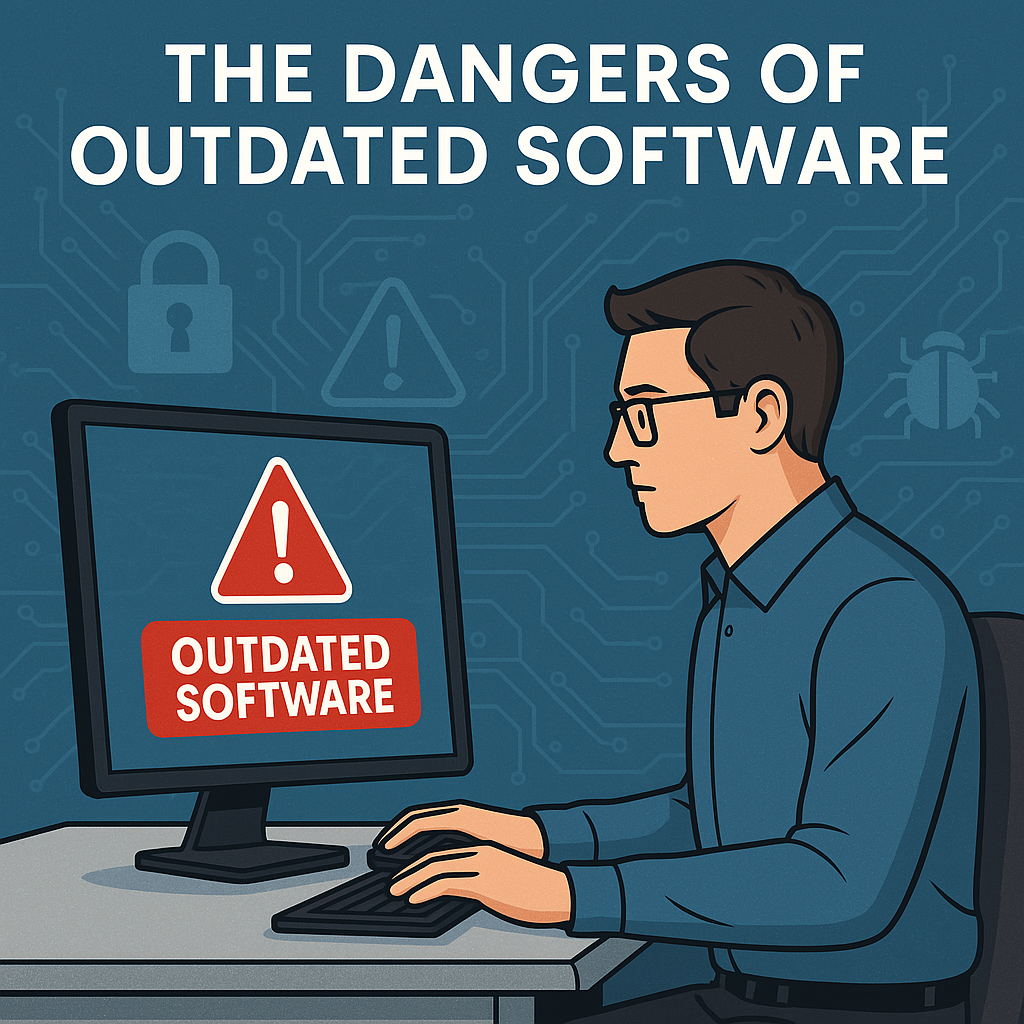Running a business with outdated software may not seem like a major concern, but it’s one of the leading causes of data breaches and cyberattacks. When systems and applications aren’t updated regularly, they create vulnerabilities that hackers can exploit with minimal effort. These weak points often serve as entryways into the network, giving cybercriminals access to sensitive customer data, internal communications, and financial information. Once inside, the damage can be extensive—from ransomware demands to total loss of control over your systems.
Many business owners delay updates because they believe software patches are time-consuming or disruptive to daily operations. However, the short-term inconvenience is nothing compared to the long-term consequences of a successful cyberattack. Software vendors release updates not only to improve performance but to address known security flaws. Ignoring these updates means leaving your systems exposed to threats that have already been publicly identified, giving hackers a head start in targeting your infrastructure.
Another risk of using outdated software is incompatibility with newer technologies. As businesses adopt cloud services, AI tools, and advanced cybersecurity solutions, outdated systems can create conflicts or fail entirely. These breakdowns not only affect efficiency but also prevent you from scaling operations securely. Delays in upgrades can lead to expensive workarounds, lost productivity, and customer dissatisfaction.
Compliance is also a concern. Many industries have strict regulations requiring businesses to maintain current software versions to ensure data protection. Failing to update systems could result in fines, legal issues, and a damaged reputation, especially if client or customer information is compromised due to negligence. Routine patch management and a structured update schedule are essential components of any cybersecurity strategy.
A proactive approach to software management can significantly reduce your exposure to cyber threats. Regular audits of your digital infrastructure, automated update settings, and centralized IT management tools make it easier to maintain security without disrupting operations. It’s also important to stay informed about end-of-life announcements from vendors. When support ends for a product, it’s no longer safe to use—even if it seems to function as expected.
If you are interested in learning more, Schedule a call today.

